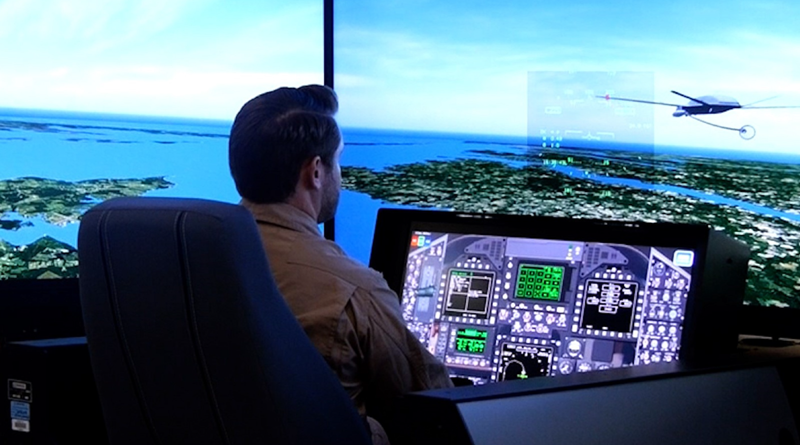Boeing Validates Software for Future Manned Unmanned Refueling Missions
Boeing [NYSE: B.A.] has advanced its manned-unmanned teaming (MUM-T) technology using a digital F/A-18 Super Hornet and MQ-25 Stingray. The testing shows the software is maturing for future U.S. Navy use and has the potential to deploy the teaming capability on both F/A-18 Block II and III Super Hornets.
In a simulator lab, a Boeing-led team virtually demonstrated a F/A-18 pilot commanding an unmanned MQ-25 to release a refueling drogue and refuel the Super Hornet, using existing communications links on both platforms.
The new software is a maturation of tests Boeing has previously done. In addition to the upgraded software, test teams installed hardware and datalinks on both platforms to run the finalized software, further proving Boeing’s readiness to deliver this capability to the Navy.
“MQ-25 is designed to typically receive commands from air vehicle pilots on an aircraft carrier. This software will add a second option, enabling pilots to initiate commands right from their cockpit,” said Alex Ewing, F/A-18 New Product Development lead.
The Boeing-created software will significantly reduce the time it takes for a F/A-18 to communicate with an MQ-25, giving pilots greater flexibility in refueling from longer distances.
“The goal of the demonstrations was to make MUM-T refueling as real as possible,” said Juan Cajigas, director of the Advanced MQ-25 program. “Aerial refueling is like a ballet as two airplanes come together. To be able to direct the activities via a single pilot, safely and efficiently, is a major step forward in aerial refueling technology.”INVOLI and MatrixSpace unveil a one-stop solution for cost-effective, complete air traffic awareness.

